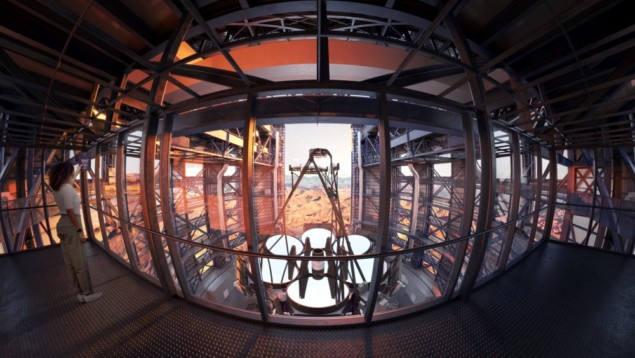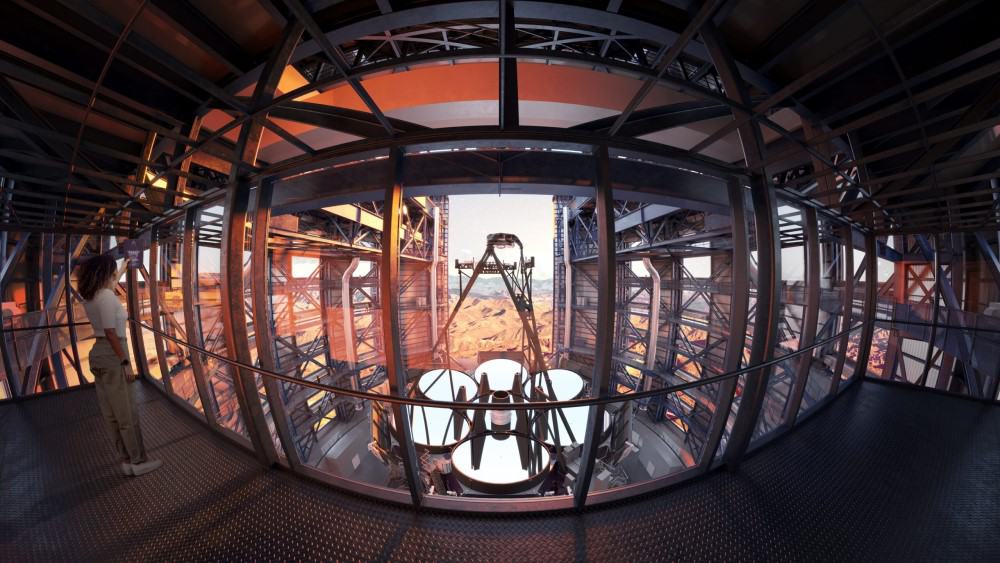
Climate change will negatively impact the quality of ground-based astronomical observations and is likely to increase time lost due to deteriorating site conditions. That is the conclusion of an analysis of changing trends in observing conditions across eight worldwide sites. The authors say it is now vital that astronomers consider long-term climate projections when selecting sites to host future telescopes (Astronomy and Astrophysics 665 A149).
The quality of astronomical observations by ground-based telescopes is significantly influenced by climate conditions. Sites for observatories are often placed at high altitude to take advantage of increased atmospheric clarity and such locations are carefully selected for favourable climate conditions such as low temperature and water vapour.
Astrophysicist Caroline Haslebacher from the University of Bern and colleagues says that site selections do not currently account for changing conditions due to climate change and that they often only consider the climate over a short period, usually the past five years.
The researchers argue that this is not enough time to capture possible long-term changes in observing conditions such as those caused by anthropogenic climate change. This is particularly important as observatories take many years to plan and build and have lifespans that last decades.
Better seeing
To explore this issue, the researchers used an ensemble of high-resolution global climate models to analyse future trends in observing conditions at eight major astronomical observatories. The sites — based in Hawaii in the US, Chile, the Canary Islands in Spain, Australia, South Africa and Mexico — are all likely to experience increases in temperature, specific humidity and precipitable water vapour by 2050.
These trends, the study found, will reduce the quality of astronomical observations and will likely lead to reductions in observing time due to poor site conditions. Increases in temperature and specific humidity, for example, can increase condensation on equipment due to an increased dew point as well as impact cooling systems that prevent air turbulences inside the telescope dome. Increases in atmospheric water vapour, meanwhile, impact observations by absorbing light from an astronomical object, particularly infrared light.
Such issues can be particularly acute for modern observatories that are often designed to work under specific conditions. The Paranal Observatory in Chile, for instance, is designed for a maximum surface air temperature of 16 °C while the William Herschel telescope in the Canary Islands cannot operate if the mirror temperature is above the dew point by 2 °C or less.

Physicists rise to the climate challenge: the October 2021 issue of Physics World
The analysis predicts no changes in relative humidity, cloud cover or “seeing” — a measure of the distortion of light wavefronts due to atmospheric turbulence that results in image distortion. The researchers caution that changes in seeing are hard to project, adding that rises in surface temperature and changes in the jet stream will likely impact seeing.
“Anthropogenic climate change must be taken into account in the site selection for next-generation telescopes, and in the construction and maintenance of astronomical facilities,” says Haslebacher. The team say that each telescope site should now conduct their own analysis to evaluate the severity of possible future impacts.
